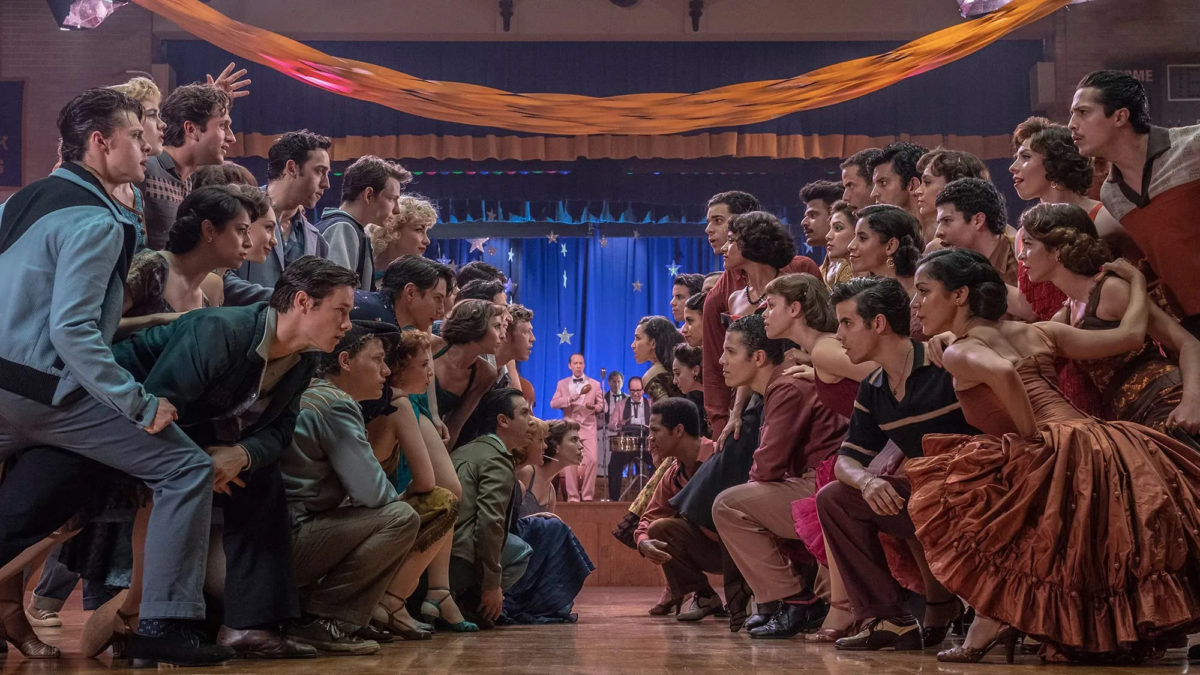In the strictest sense, “remakes” return to a previous film in order to update it, sometimes for reasons other than profit. In the broadest sense, “remaking” is probably the most common operation in cinema, ever since artists figured out what best conveys meaning through sound and motion, before readapting these essences for new expressive possibilities.
In Issue #16 of photogénie, Amarsanaa Battulga analyses Tian Zhuangzhuang’s Springtime in a Small Town (2002), a remake of Fei Mu’s Spring in a Small Town (1948), a recently reappraised landmark of Chinese cinema. Battulga is specifically interested in what Tian’s film borrows and what it lets slide. In its aspiration for festival success, this remake straddles the line between remedy and “ruin”. The influence is exerted both ways, as Fei Mu’s prestige rose in the 2000s, aided by the attention brought by Tian’s remake.
A different remaking, explored by Khushi Jain, addresses the mythical Krishna-Radha couple and its many stand-ins across Hindi musical cinema. A god and his female worshipper are remade by popular cinematic imagination into a boisterous hero and his maiden of choice. By abandoning old metaphors of lost virginity, and by granting agency to Radha, the couple ceases to be the “living corpse” of a stagnant cinematic trope.
In Agustina Comedi’s Playback: Ensayo de una despedida (2019), scrutinised by Luis Felipe Raguá, “the remake creates a new archive”. The author’s discovery of VHS tapes—drag shows recorded at the height of the AIDS crisis in Argentina, then emerging from a brutal dictatorship—was first a way to get close to an absent parent. It later prompted her to bring to life the exuberance of the Kalas group, partly documented in the private archive of the short film’s narrator, La Delpi. Recreated 1980s-set design home movies are covertly intercut with La Delpi’s VHS collection to create more than mere visual wallpaper for anecdotes. When losing friends in a public health crisis, the survivors’ urge is to remake the reality behind the video image.
And what if, as Camilla Peeters suggests, a filmmaker wants not to (re)tell a story but to represent the passage of time? Chris Marker tried it in La Jetée (1962), John Akomfrah longed for it in The Last Angel of History (1996), and in Dead the Ends (2017), Benedict Seymour sought ways to subvert others’ subversion of cinematic invention—we’re looking at you, Terry Gilliam! Then, there are the immense contributions of philosophers from Heraclitus to Bergson, who inspired our collective perception of time and many filmmakers’ representation of its multidirectional flow.
You may not have heard of Crush (Tang shou tai quan dao, dir. Tu Guangqi, 1972), though you are much more likely to have seen it. It is the raw material—though not aesthetically indifferent—for René Viénet’s kung fu détournement in La dialectique peut-elle casser des briques? (1973). Dora Leu provides the principles and concrete operations of re-subtitling a commercial Hong Kong film into unlikely expressions of action heroes’ Situationist concerns. She suggests that aside from the inner (in)coherence of 1970s French Left preoccupations within the replaced dialogues, Can Dialectics Break Bricks? transforms what we know about martial arts films: their cross-cultural circulation; their fast, cheap and often inaccurate dubs; and their traces of working class concern among the theatrics.
Last, Jean Renoir’s line of wisdom—that an auteur keeps making the same film—is brought into relief by the remake of his film, Une partie de campagne (1946). A narratively similar segment of Mariano Llinás’ already mythical La flor (2018), considered by Nick Kouhi, is as enigmatic as the original was melancholy. Yet discerning the creative agency responsible for both films is more complex than simply tracing loyalties: Renoir’s debt to Maupassant, Llinás’ debt to Renoir, and Llinás’ actors’ debt to the director. Kouhi focuses on the production process, the influence of (Post-)Impressionist painting, and Llinás’ “spot-the-reference” cinephile games, which reveal what in Renoir’s film is remade, and why.
